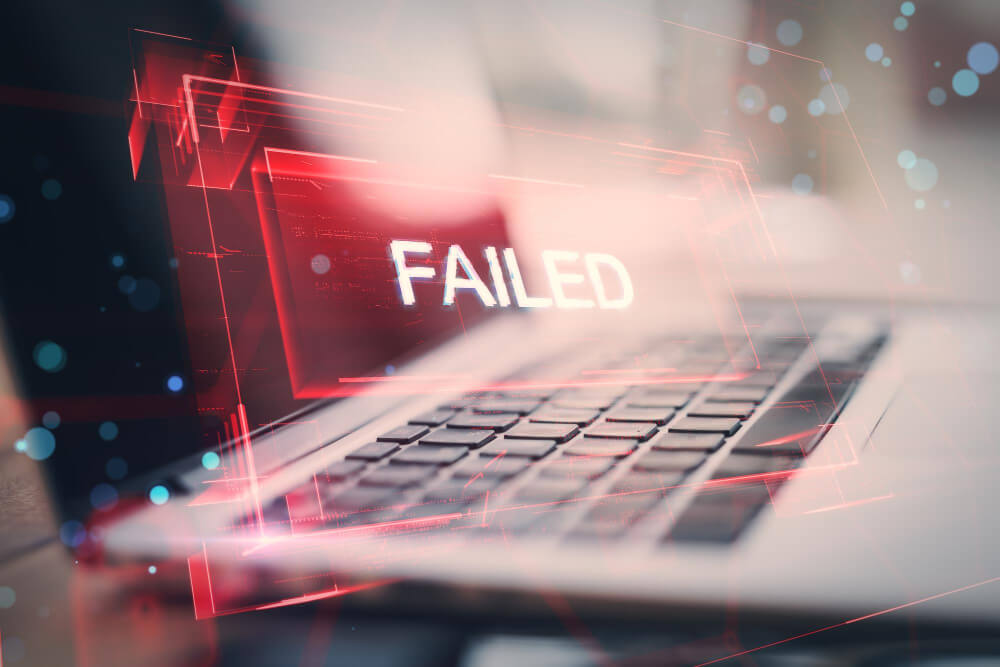Check fraud involves using checks to deceive or defraud individuals, businesses, or financial institutions. Fraudsters may alter checks, forge signatures, or create fake checks to steal money. This illegal activity includes several methods.
Types of Check Fraud
Counterfeit Checks
Criminals create fake checks that mimic legitimate ones. These counterfeit checks often replicate the appearance of real checks, including logos, watermarks, and other security features, making them difficult to distinguish from authentic checks.al
Prevention Tips:
- Use high-security checks with features like holograms, watermarks, and color-shifting ink.
- Verify the legitimacy of checks received from unknown sources.
- Contact your bank immediately if you suspect a counterfeit check.
Forged Signatures
Fraudsters sign checks using someone else’s name without their permission. This type of fraud can occur when someone steals a checkbook or obtains a blank check.
Prevention Tips:
- Keep checks and checkbooks in a secure location.
- Regularly review bank statements for unauthorized transactions.
- Use positive pay services offered by banks to verify check authenticity before processing.
Altered Checks
Criminals change details on a legitimate check, such as the amount or payee name, after it has been written. This type of fraud often involves erasing or overwriting original information.
Prevention Tips:
- Use pens with ink that is difficult to alter or wash away.
- Write checks clearly and legibly, filling out all fields completely.
- Avoid leaving large blank spaces on checks to prevent tampering.
Check Kiting
This scheme involves writing checks between multiple accounts to create artificial balances. Fraudsters take advantage of the time it takes for banks to process checks, using non-existent funds to withdraw money.
Prevention Tips:
- Monitor all bank accounts closely for unusual activity.
- Reconcile bank statements regularly to ensure all transactions are legitimate.
- Report any discrepancies or suspicious activity to your bank immediately.
How to Prevent Check Fraud
The best option is to stop using checks. Finli allows you to get paid through various options (credit cards, ACH, Pay-By-Link), so that you are safe. We have one of the best digital payment systems that makes getting paid easy and secure.
Online Bill Pay
Online bill pay services offered by banks allow you to pay bills directly from your account without writing checks. This reduces the risk of checks being intercepted and altered. Setting up automatic payments ensures bills are paid on time and minimizes the need for physical checks.
Online bill pay also provides an electronic record of transactions, making it easier to track and verify payments. Many banks offer this service for free, adding an extra layer of security by eliminating the need to mail checks, which can be lost or stolen.
Money Transfer Apps
Money transfer apps enable quick, secure transfers of funds without the need for checks. These apps offer encryption and other security measures to protect your financial information. By using these apps, you reduce the chances of check fraud since there are no physical checks to alter or forge.
Wire
Wire transfers offer a secure method for sending large amounts of money quickly. This method involves transferring funds directly from one bank account to another, bypassing the need for physical checks. Wire transfers are difficult for fraudsters to intercept or alter because they are processed through secure banking channels.
To further enhance security, confirm the recipient’s account details before initiating a transfer and use trusted financial institutions. While wire transfers may incur fees, the added security and speed make them an effective way to prevent check fraud, especially for significant transactions.
Read more: ACH Transfer vs. Wire Transfer
Have a Bank Send a Check on Your Behalf
Many banks offer services to send checks directly on your behalf. This method ensures checks are printed and mailed securely by the bank, reducing the risk of checks being lost, stolen, or tampered with during transit.
By using this service, you also benefit from the bank’s fraud detection systems, which can flag suspicious activities before checks are sent. Additionally, the bank keeps a record of all issued checks, making it easier to track payments. This service is particularly useful for recurring payments, providing a reliable and secure alternative to personal check writing.
Be Careful When Writing or Sending Checks
Exercise caution when writing or sending checks to minimize fraud risk. Always use permanent ink to fill out checks completely, avoiding blank spaces that can be altered. Double-check all details, including the payee and amount, before issuing a check.
When sending checks by mail, use security envelopes and consider sending via certified mail for added security. Avoid leaving checks in unsecured locations, such as in your car or on your desk. Shred voided or unused checks to prevent them from being used fraudulently. These practices help ensure your checks remain secure from issuance to delivery.
Use Positive Pay Services
Positive Pay is a fraud prevention service offered by banks, where checks presented for payment are matched against a list of issued checks provided by the account holder. Any discrepancies are flagged for review before the bank processes the payment. This service helps detect and prevent counterfeit and altered checks.
By using Positive Pay, businesses can significantly reduce the risk of check fraud, as the bank verifies the legitimacy of each check before it clears. Enroll in this service and regularly update your issued check list to maintain optimal security and protect your finances from fraudulent activities.
Read more: What is Positive Pay and How Does it Prevent Check Fraud?
Write High-Security Checks
High-security checks incorporate multiple security features designed to deter fraud. These features may include holograms, watermarks, color-changing ink, and microprinting, which are difficult to replicate or alter. High-security checks also often have heat-sensitive ink and chemical protection to prevent tampering.
Using these checks adds an extra layer of protection against counterfeit and altered checks. When ordering checks, opt for those with the highest security features available and ensure they are sourced from reputable providers. Regularly review your check inventory and destroy any outdated or unused checks to maintain security.
Use Chemically Reactive Paper
Chemically reactive paper used in check printing can help prevent alterations. This paper reacts to attempts to erase or alter the check’s information, leaving visible marks that indicate tampering. Using checks printed on chemically reactive paper makes it harder for fraudsters to change the payee, amount, or other details without detection.
This type of paper is often part of high-security check offerings and provides an additional safeguard against fraud. Ensure all checks issued by your business are printed on chemically reactive paper to enhance security and protect against fraudulent alterations.
FAQ
What Happens If You Deposit a Counterfeit Check?
Depositing a counterfeit check can lead to serious consequences. Your bank will detect the fraud, reverse the deposit, and hold you responsible for the funds. You may face overdraft fees, account closure, and legal action.
Steps to Take if You Are a Victim of Check Fraud
If you fall victim to check fraud, take these steps immediately: contact your bank to report the fraudulent activity and halt further transactions, file a police report to document the crime, notify the Federal Trade Commission (FTC) and relevant authorities, monitor your bank account for additional suspicious activity, and consider placing a fraud alert on your credit report to protect against identity theft.
What is the best defense against check fraud?
The best defense against check fraud is vigilance. Regularly monitor your bank accounts for unusual activity, use high-security checks, employ Positive Pay services, and opt for electronic payment methods when possible. Educate yourself and employees on recognizing fraud signs and securely store checkbooks. Immediately report any suspicious activities to your bank. These proactive measures help protect your finances from fraudulent schemes.
How does a bank know a check is fraud?
Banks detect fraudulent checks through various methods: automated systems flag unusual patterns, positive pay services match checks against issued records, and tellers inspect for security features like watermarks and holograms. Discrepancies in signatures, altered details, or suspicious transactions also raise alerts. Regular training and advanced detection technology help banks identify and prevent check fraud effectively.




